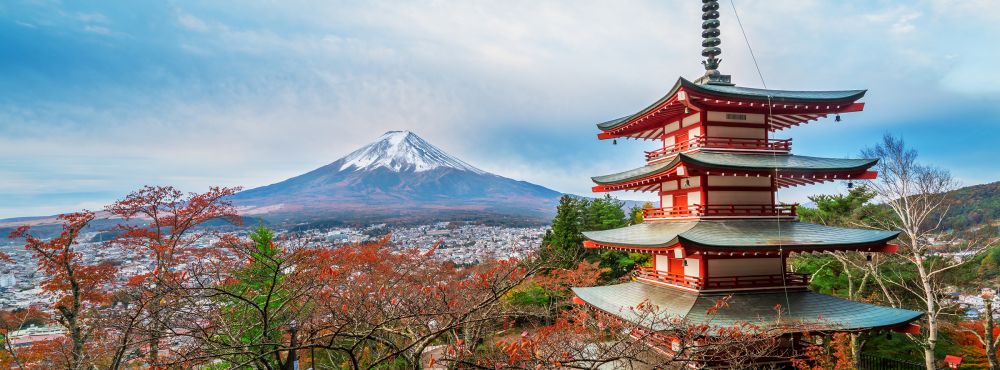

Rich in history and beauty, Nara, the capital of Japan's Nara Prefecture, is a tape one of the country's most storied and enchanting tourist destinations. As the first permanent capital of Japan, Nara's tourism history is inseparable from the cultural and historical significance that the city holds. Once known as Heijo-kyo, Nara was established as the capital in 710 AD, setting the stage for a rich development of art, culture, and Buddhism that would attract visitors for centuries to come.
Throughout the Nara Period (710-794), the city prospered as the center of Japanese civilization. Impressive temples, shrines, and pagodas were constructed, many of which still stand today and are pivotal in Nara's tourism appeal. Japan's oldest and largest temple, Todai-ji, which houses the Great Buddha (Daibutsu), and the sacred deer of Nara Park, have been particularly influential in drawing visitors, with their centrality to the cultural landscape of Japan firmly established even in those early days.
As Japan opened up to the outside world during the Meiji Restoration in the late 19th century, Nara began to gain recognition internationally, enhancing its profile as a tourist destination. In 1895, the government took measures to preserve Nara's historical sites, recognizing their cultural value and touristic potential. With the establishment of Nara Park in 1880, which brought together many of Nara's historic landmarks in one place, an integrated cultural landscape emerged that further boosted tourism.
In 1998, Nara's historical monuments, including Todai-ji, Kasuga-taisha, Kofuku-ji, and the Primeval Forest of Mount Kasuga, were collectively designated as UNESCO World Heritage Sites, solidifying Nara's place on the global stage of must-visit destinations. This prestigious recognition has been pivotal in increasing international tourism interest in Nara.
Today, Nara continues to adapt to the evolving world of travel. Local authorities focus on sustainable tourism practices to ensure the city's heritage remains unspoiled for future generations. Moreover, Nara has witnessed a recent trend in experiential travel, where tourists engage more deeply with the local culture through traditional workshops, such as Japanese calligraphy, tea ceremonies, and sake brewing experiences.
Another latest trend in Nara tourism is the increasing use of technology to enhance the tourist experience. Virtual reality experiences and mobile apps offer immersive historical narratives and convenient access to information about tourist spots, while social media platforms provide a global audience with a dazzling preview of Nara's allure.
The tourism history of Nara, Japan, remains vibrantly alive in the city's ancient temples, peaceful deer, and vibrant cultural rituals. As Nara constantly infuses tradition with modernity and strives to meet the demands of contemporary travelers, it is without a doubt that tourists will continue to be drawn to its timeless beauty and exceptional historical significance.
Nara's ability to preserve its history while embracing the future of tourism is what truly makes it a unique and enduring destination for travelers from around the world.